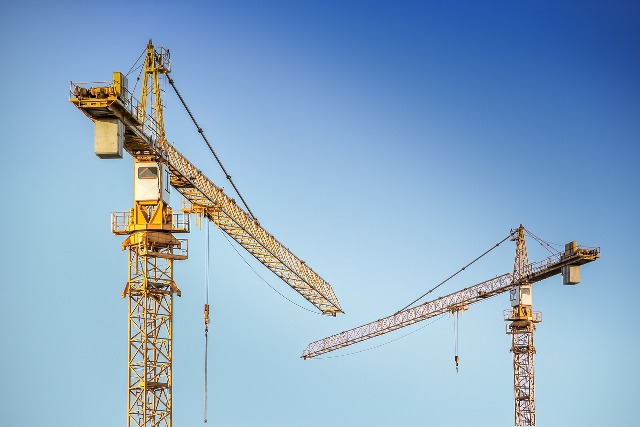Top Companies in India Push Internal Carbon Pricing
Related Articles
Top 10 Companies for CSR and Sustainability in 2025
As environmental, social and governance expectations continue to reshape the business landscape, corporate responsibility has moved firmly to the centre of strategic decision-making. In...
Top CSR initiatives in Nagpur
Nagpur is a burgeoning city in Maharashtra which is considered among the greenest and cleanest in India. In addition to being the seat of...
Maharashtra Municipal Elections: टिकट न मिलने से नाराज कार्यकर्ता बने बागी
महाराष्ट्र की 29 नगर निगमों में चुनावी तस्वीर हुई साफ
Maharashtra Municipal Elections 2026 में अब चुनावी रण पूरी तरह साफ हो गया है। नामांकन...


